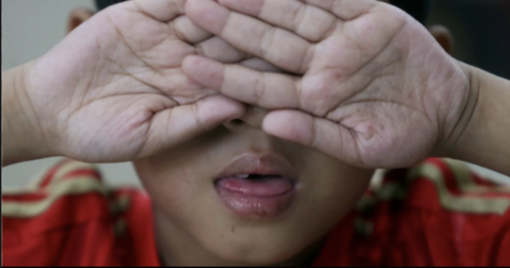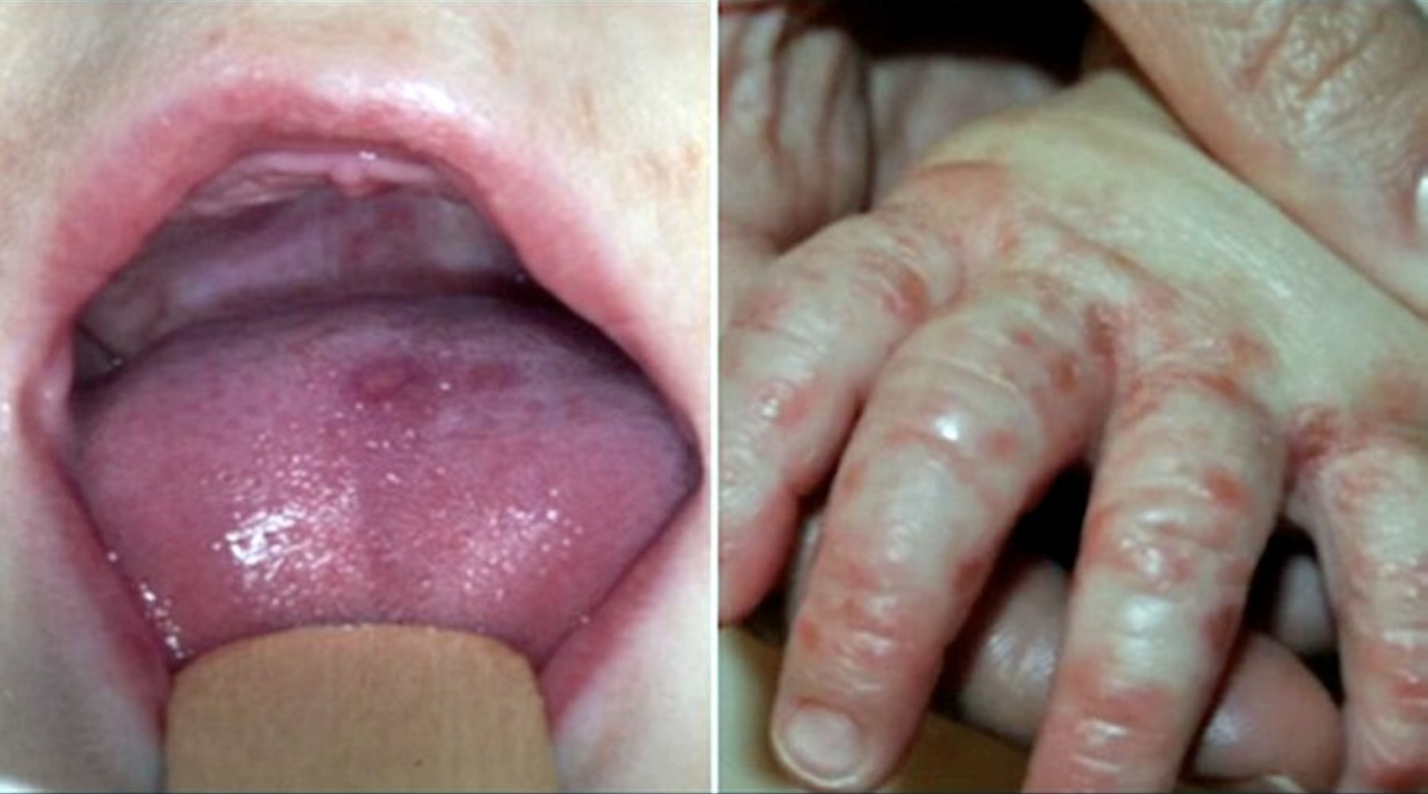Over 6,000 HFMD Cases Have Hit Klang Valley. Here Are 5 Things You Need To Look Out For
Good hygiene is the key to preventing the spread of HFMD!
There has been a recent outbreak of hand, foot, and mouth disease (HFMD) in Malaysia
As of 21 May, a total of 6,197 cases have been detected in the Klang Valley alone, with the number of weekly cases exceeding the alarming level, reported New Straits Times.
Experts are saying it can be considered an epidemic as two or more cases are occurring in the same area during the same incubation period.
Despite it not being a serious disease, everyone should take preventive measures to curb the spread and protect one another, especially children, from contracting the illness.
1. What is HFMD and how is it transmitted?
HFMD is a generally mild disease that affects all ages. However, young children - especially those below 10 years old - are more susceptible.
According to the Ministry of Health's (MOH) guideline, it is a self-limiting disease, which means it resolves spontaneously, with or without treatment.
HFMD is caused by intestinal viruses known as enteroviruses.
The infection is spread from person to person by direct contact with fluid from skin blisters, nose and throat discharges, which includes saliva, phlegm or nasal mucus; droplets (sneezing and coughing); and faeces (poo).
2. What are the symptoms to look out for?
Datin Seri Dr Nomee Ashikin Mohammed Radzi from KPJ Ampang Puteri mentioned that the symptoms are usually developed between three to seven days after being infected.
The most common symptoms of HFMD are:
— High fever
— Sore throat
— Small, blister-like lesions that may occur on the inside of the mouth, sides of the tongue, palms of the hands, fingers, soles of the feet, and 'diaper' area
— Poor appetite
— Lethargy and weakness
— Irritability
A fever and sore throat are usually the first symptoms of HFMD. The characteristic blisters and rashes show up later, usually one to two days after the fever.
Skin blisters are infectious until they become crusty and there is no fluid in the blisters.
Do note that the virus may also be shed in the faeces for several weeks after the blisters are resolved.
3. Who are at risk of HFMD?
The disease occurs mainly in children younger than 10 years old. However, it can also affect older children and adults.
The risk is higher in day cares or schools as viruses can spread quickly in these facilities.
Children normally build up immunity to HFMD as they get older after exposure to the disease.
4. My child has HFMD. What should I do?
HFMD is a mild illness that can be resolved within a week with no specific treatment required.
Nomee recommends using paracetamol to treat fever or any discomfort, rather than aspirin.
Offer your child PLENTY of liquids but AVOID orange juice as it is acidic and may cause pain with mouth ulcers.
No matter how much the blisters prove to be of annoyance, make sure to not pierce them or scratch them as the fluid within is infectious.
Instead, allow the blisters to dry naturally.
Please consult your doctor immediately if:
— Your child complains of severe headaches
— Fever still persists
— There are any worrying symptoms
Children infected may find it difficult to eat. Here are some ways to help them eat better:
— Use mouth sprays to disinfect and numb the ulcers
— Offer cold and soft meals such as yoghurt, jelly, or smoothies to soothe sore throat
— AVOID giving them juice and soda as they contain acids that might irritate sore throat
5. How do we prevent the spread of HFMD?
Always ensure hand hygiene at all times.
Wash your hands carefully with soap and water after contact with blister-like lesions, after handling nose and/or throat discharges, and after contact with faeces, such as with toileting and diaper changing.
Thoroughly wash and clean any soiled clothing, surfaces, or toys that may have been contaminated.
Cover your nose and mouth when sneezing or coughing. You can also sneeze and cough into your elbow.
Avoid sharing eating and drinking utensils.
Avoid sharing personal hygiene items such as towels, and toothbrushes, as well as clothing, particularly shoes and socks.
Ensure your child is careful with who they come into contact with and maintains good hygiene!
If your child has been infected with HFMD:
— Keep them at home until all of their blisters have dried up
— Report the illness to the childcare centre or school
— Seek advice and treatment from your doctor if your child's fever persists or other symptoms continue


